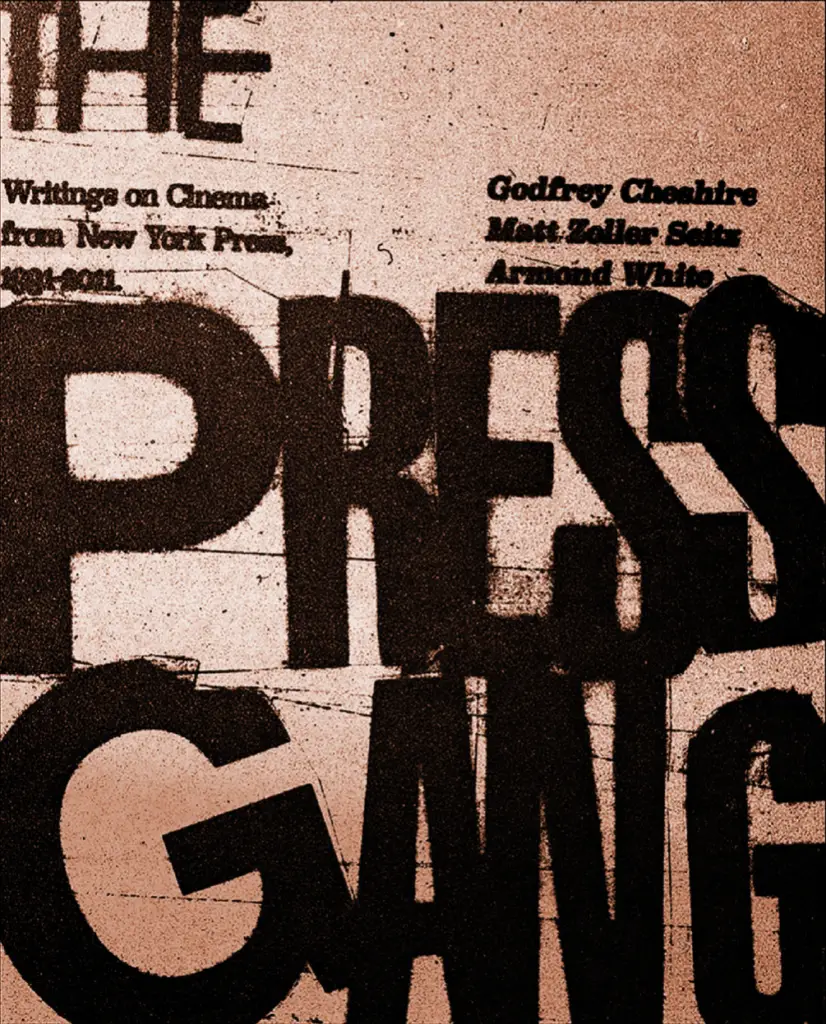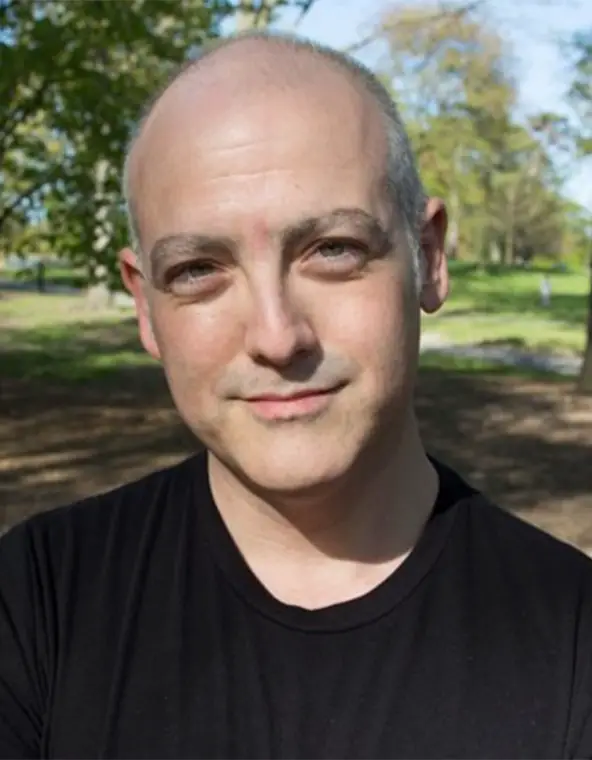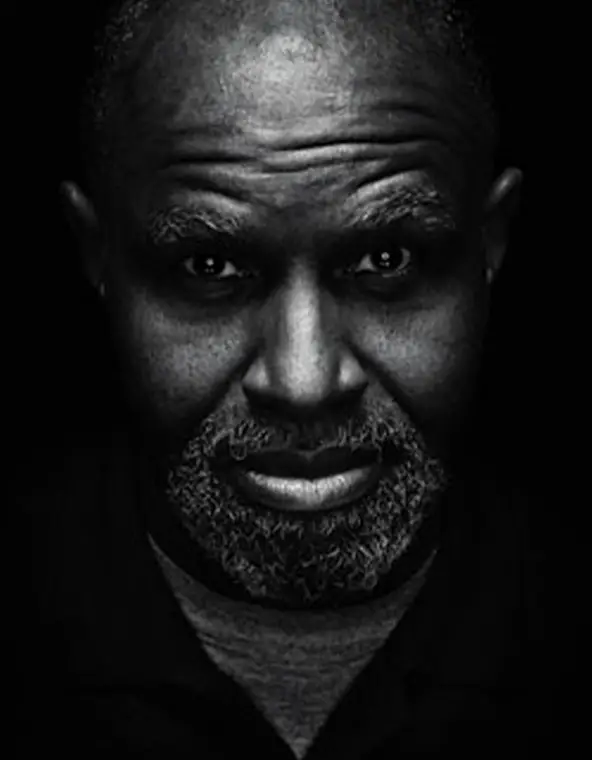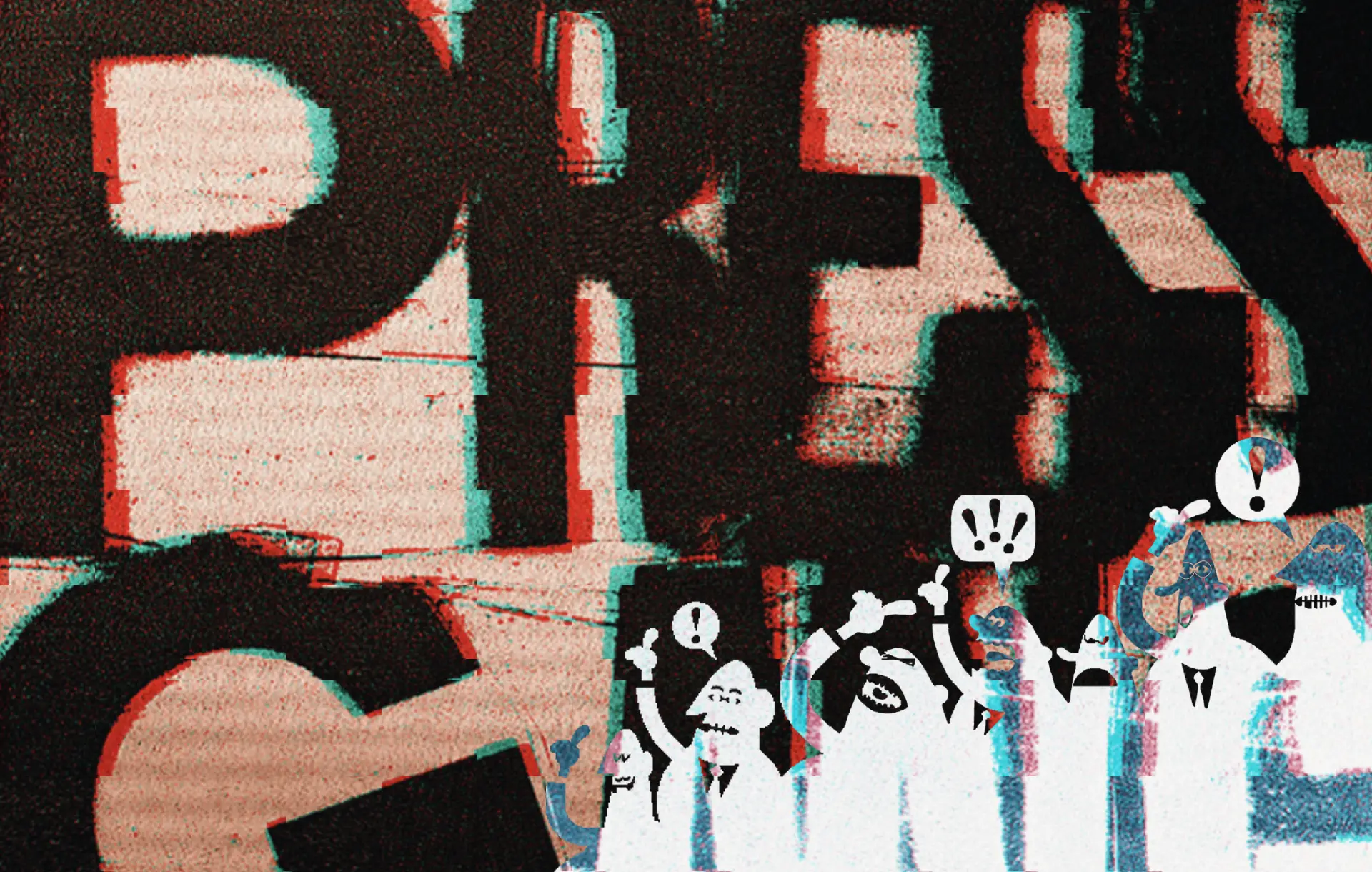The Press Gang, the new collection published last month collecting film reviews from the film section of the late New York alt-weekly New York Press, is a welcome tour through an era that’s now sadly past.
New York Press was an irreverent, eclectic and very daring alt-weekly that published a wide variety of perspectives and politics, music and film. I read it religiously starting when I moved to New York in the summer of 2000, and kept up until the paper folded in 2011.

At the heart of the Press was its film section, featuring a trio of very different critics: Godfrey Cheshire, Matt Zoller Seitz, and Armond White. Cheshire began writing early in the paper’s history, and was later joined by Seitz and later White. Cheshire left in 2000 and Seitz in 2006, while White hung on through the paper’s death throes. All three critics, however, are still active and reviewing to this day.
New York Press was an irreverent, eclectic and very daring alt-weekly
(A few disclosures, before proceeding: I had a handful of bylines in New York Press, in the mid-2000s, although never in the film section, and long past the paper’s heyday. I’ve known Matt Zoller Seitz for a few years, and once wrote a piece for him at RogerEbert.com. And Russ Smith, the founder and former editor-in-chief of New York Press, has been my editor for the last several years, at Splice Today.)
Jim Colvill is the book’s editor, and The Press Gang, like the film section, includes not only reviews, but also essays, pieces about revivals at Film Forum and Lincoln Center, and even the odd interview (and since one of them is Seitz’s talk with Crispin Glover, I stress the word “odd”). The book is also especially valuable, since the vast majority of New York Press’ archives are no longer online.
The collection, featuring more than 200 pieces, shows the critics often engaging in conversations among themselves, often about the same films, while they all pounded their personal obsessions and hobby horses.

Cheshire specialized in championing films from surprising corners of the globe, especially the Iranian New Wave of the ’90s, which even occasioned him to visit that country for a summer. He also wrote a famous duo of essays, “The Death of Film/The Decay of Cinema,” in the late ’90s that, very presciently, saw ominous things in the switch from film to digital projection.
Seitz was (and is) a beautiful stylist and often very funny writer – his review of the late-’90s sci-fi movie Sphere, which imagined the actors having sex with a monster, had me laughing so hard I woke up my wife who was sleeping next to me – and easily the one of the three with tastes closest to my own.

And White was a delightful contrarian, often zigging where other critics zagged, and likely to see those who disagree with him about specific films as not merely wrong, but as foul philistines responsible for cultural apocalypse. White, who is both Black and gay, also had political views that could be described as esoteric, although the critic, who now writes for National Review, is much more solidly right-wing these days.
There’s a lot I loved about the book, which is handsomely packaged and features a fun intro by Jim Knipfel, the Press’ old “Slackjaw” columnist. But The Press Gang, for me, also resembled a tour of my own personal discovery of film.
The Press Gang starts in the early ’90s, when I was in high school, and the early pages cover Pulp Fiction, which was the most important film in terms of setting me on a path into understanding and writing about the medium. By the mid-1990s, it explores all of the movies I reviewed for my college newspaper and hashed out in film classes. By 2000, we’re into specific pieces that I clearly remember reading in the paper, like White and Seitz’s battles over Spielberg’s A.I.: Artificial Intelligence, and White’s fight with the New York Film Critics Circle over a dispute involving screeners.

For all of them, it brought me to specific moments of my life, which friend or girlfriend I saw the movie with, and where I was in my life when I first became aware of that movie, and in some cases even reading the review. I even appreciated the reviews with which I angrily disagreed (Cheshire, for his part, despised Boogie Nights), while the book also left me with a list of films to catch up in, many of them Iranian.
For all of them, it brought me to specific moments of my life
Seitz makes a great point in an essay published at the end of 2003, something I’ve often noted myself: Film critics don’t know everything, they can’t possibly see every movie, and their best movies of the year are always merely the best movies they saw.
“If you think critics don’t occasionally pan movies because they saw them after having a nasty fight with their significant other or writing a big check to the IRS, you are naïve indeed,” he writes.
By the end, though, I was a bit wistful, especially since these days, alt-weeklies are pretty much dead. There aren’t any more in New York, while most of the existing ones are either shells of their former selves, or (in the case of City Pages in Minneapolis), operate as a division of the local daily, with a fraction of the pages they once had. The economics of alt-weeklies, without any revenue from sex ads or the other stuff that’s since shifted to Craigslist, make even less sense at this point than do daily newspapers.
There’s something great about a lively film section with multiple critics in constant dialogue with each other
There’s something great about a lively film section with multiple critics in constant dialogue with each other, like New York Press had, as did both Philadelphia City Paper and Philadelphia Weekly at the time that I arrived in Philly in ’05. It’s sadly something that’s likely lost forever, to be replaced by Film Twitter, Slack channels, and Letterboxd.
But whether you’re an old New York Press reader or not, The Press Gang represents a welcome return to a bygone era of film criticism.




